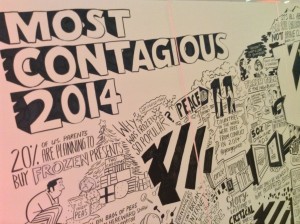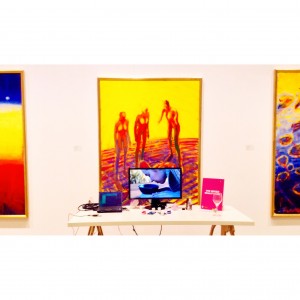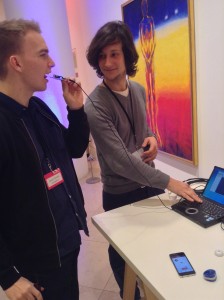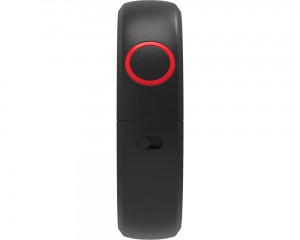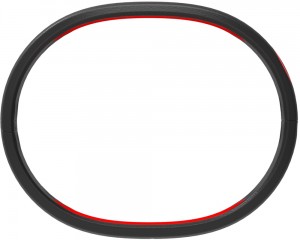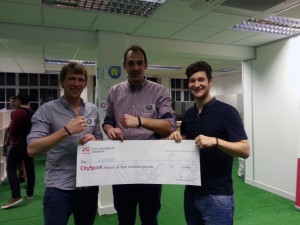Centre for HCI Design of City University London will host a talk by Dr. Dr. Norbert Streitz, the Scientific Director of Smart Future Initiative. He will give a talk about Human-centered Design in the Large: Smart Cities and Smart Airports. The details about the schedule and the venue are as follows:
Date: Thursday, 20/11/2014
Time: 16:00-18:00
Room C304, Tait Building, City University London
Northampton Square EC1V 0HB
London, United Kingdom
Below is the abstract of Dr. Dr. Norbet Streitz’s talk:
Abstract
Entering the ‘Urban Age’ with more than half of the world population living in cities, economic prosperity and quality of life will largely depend on the ability of cities to exploit their full potential. With the deployment of ambient intelligence infrastructures, urban environments are transformed into interactive smart spaces. Combining information and experience spaces with ubiquitous computing in urban contexts results in what is being called ‘smart hybrid cities’.
Cities provide environments for different activities (e.g., living, working, shopping, entertainment, transportation, sojourning, communicating). At the same time, contemporary life styles become less focused and increasingly multidimensional. People’s lives are taking place betwixt and between multiple offers and options. People’s roles change within short time frames due to parallel activities in co-located situations. Airports are good examples of this blending of activities by providing a range of functions people are usually looking for in cities, but now for a limited time frame at this specific location. Airports serve as ‘transient spaces’ providing support for ‘polyphasic activities’. Translating this in an overall design rationale, one can state: “designing airports is designing transient smart cities”.
Against this background, the talk addresses issues and challenges for designing smart cities and their implications for transient spaces taking airports as one example. Contrasting the often technology-driven approaches, this talk will present a human-environment-interaction perspective for the challenge of urban life management. This includes the shift from information design to experience design which means for airports to address the passenger experience. Furthermore, we are arguing for a people-oriented, empowering smartness where smart spaces make people smarter by keeping the human in the loop. It requires also discussing the implications of sensor-based smart environments, especially in public spaces, for privacy. It might become a commodity people have to pay for and thus a privilege. The talk will build on a perspective or vision for reconciling humans and technology by arguing for a human-centered design approach resulting in Humane Smart Hybrid Cities where people can exploit their creative potential and lead a self-determined life.
About the Speaker
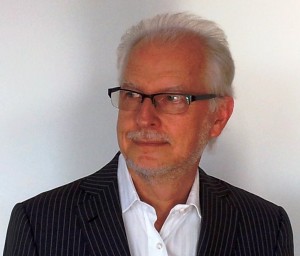
Dr. Dr. Norbert Streitz (Ph.D. in physics, Ph.D. in psychology) is a Senior Scientist and Strategic Advisor with more than 30 years of experience in information and communication technology. He is the founder and scientific director of the Smart Future Initiative (SFI) launched in 2009. Before, Norbert held positions as deputy director and division manager at the Fraunhofer research institute IPSI in Darmstadt. His research is in the areas of human-computer-interaction, hypertext/hypermedia, CSCW, ubiquitous computing, ambient intelligence, disappearing computer, smart environments and smart cities. It was carried out in projects funded by the European Commission, partners in industry and different foundations. Norbert also taught at the Department of Computer Science of the Technical University Darmstadt for more than 15 years. Before joining IPSI in Darmstadt, he was an Assistant Professor at the Technical University RWTH Aachen with research and teaching in cognitive science and ergonomics. This was preceded by his work in theoretical physics at the University of Kiel. Furthermore, he was a post-doc research fellow at the University of California, Berkeley, a visiting scholar at Xerox PARC and at the Intelligent Systems Lab of MITI, Tsukuba Science City, Japan. Norbert published/edited 20 books and authored/ coauthored more than 130 scientific papers. He serves on editorial and advisory boards, steering and conference committees, and as a consultant. He is regularly asked to present keynote speeches and tutorials at scientific as well as commercial events in Europe, US, Brazil, Qatar, Malaysia, Singapore, Korea, Hong Kong, China, and Japan. You can find more about him from the following link: Dr. Dr. Norbert Streitz Biography

